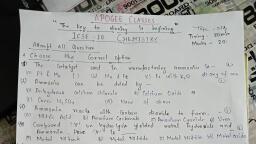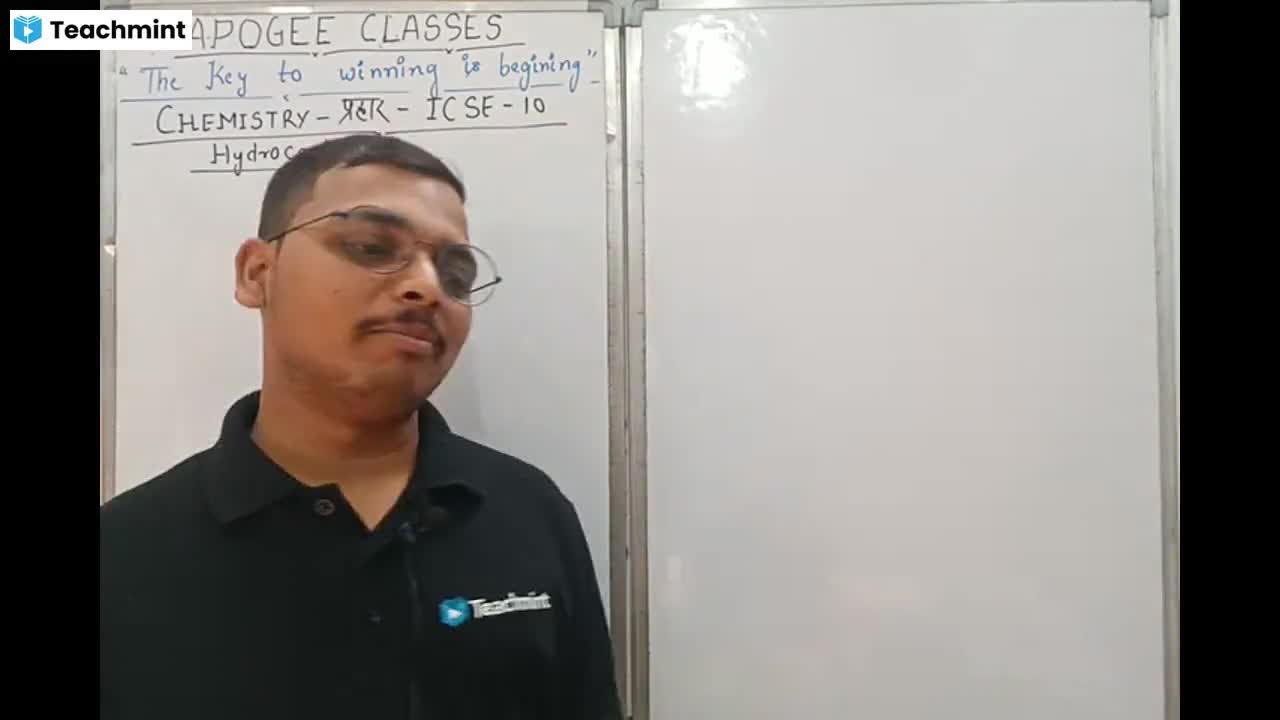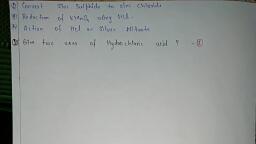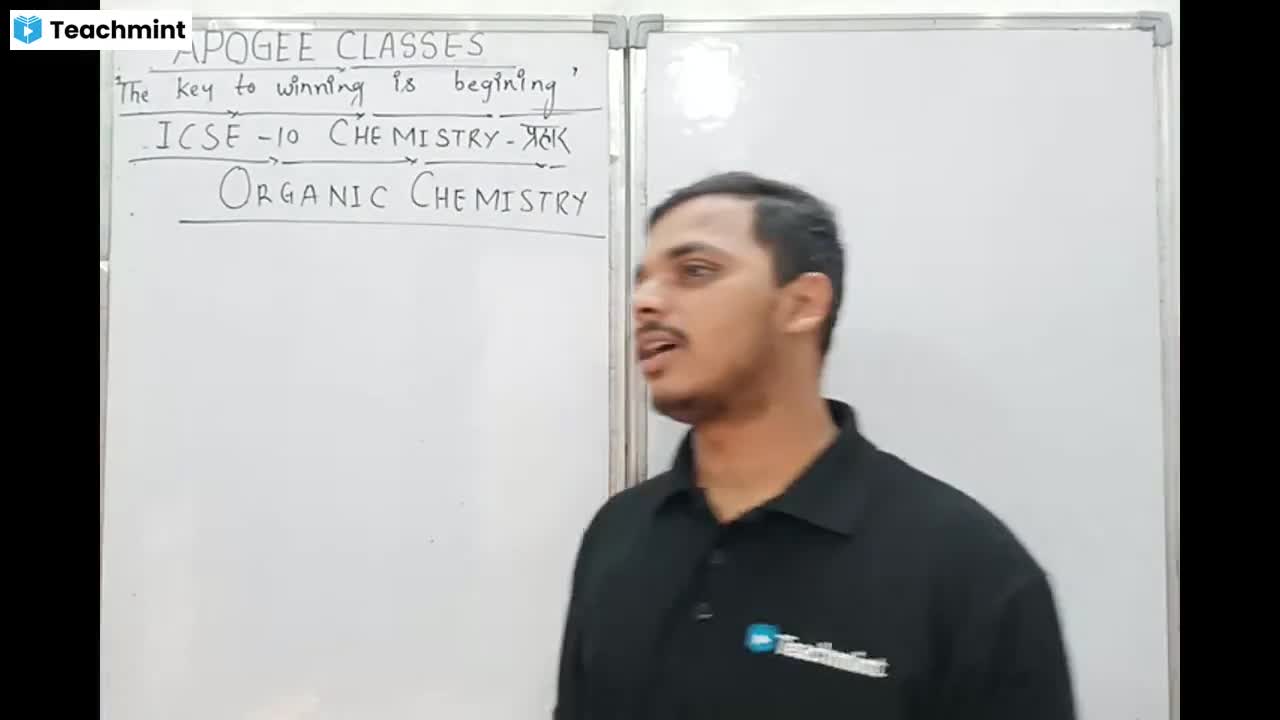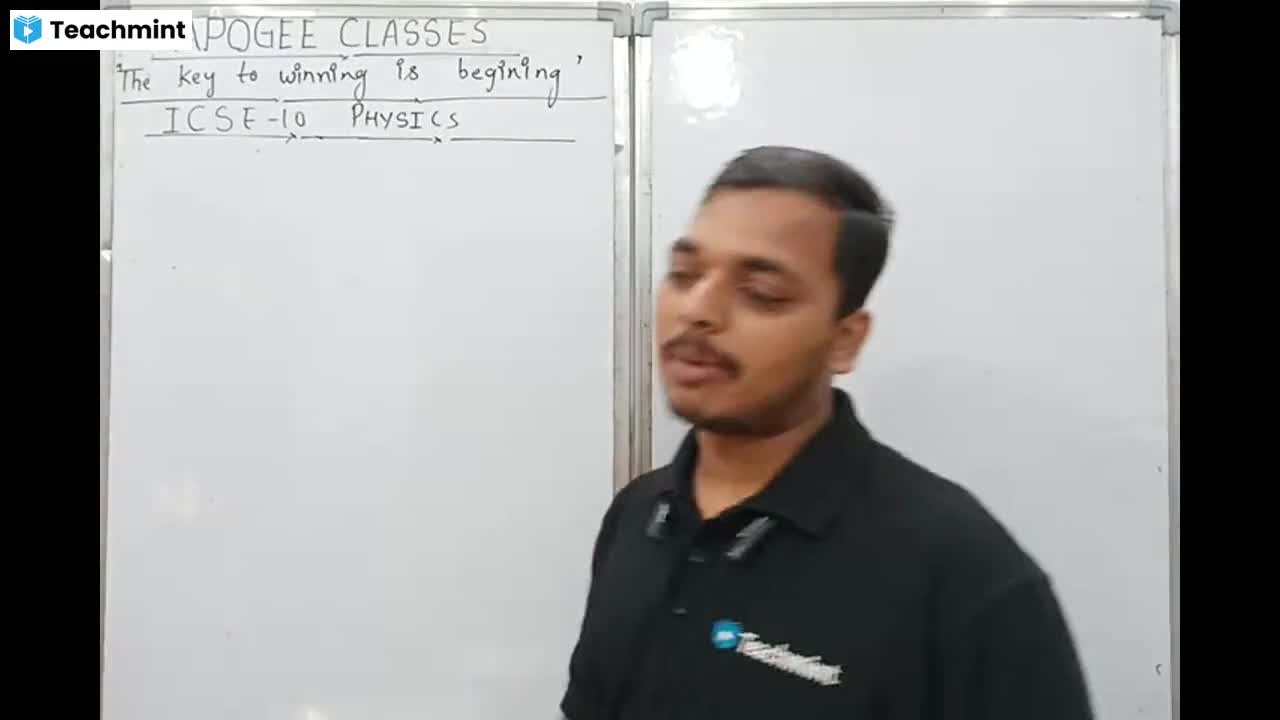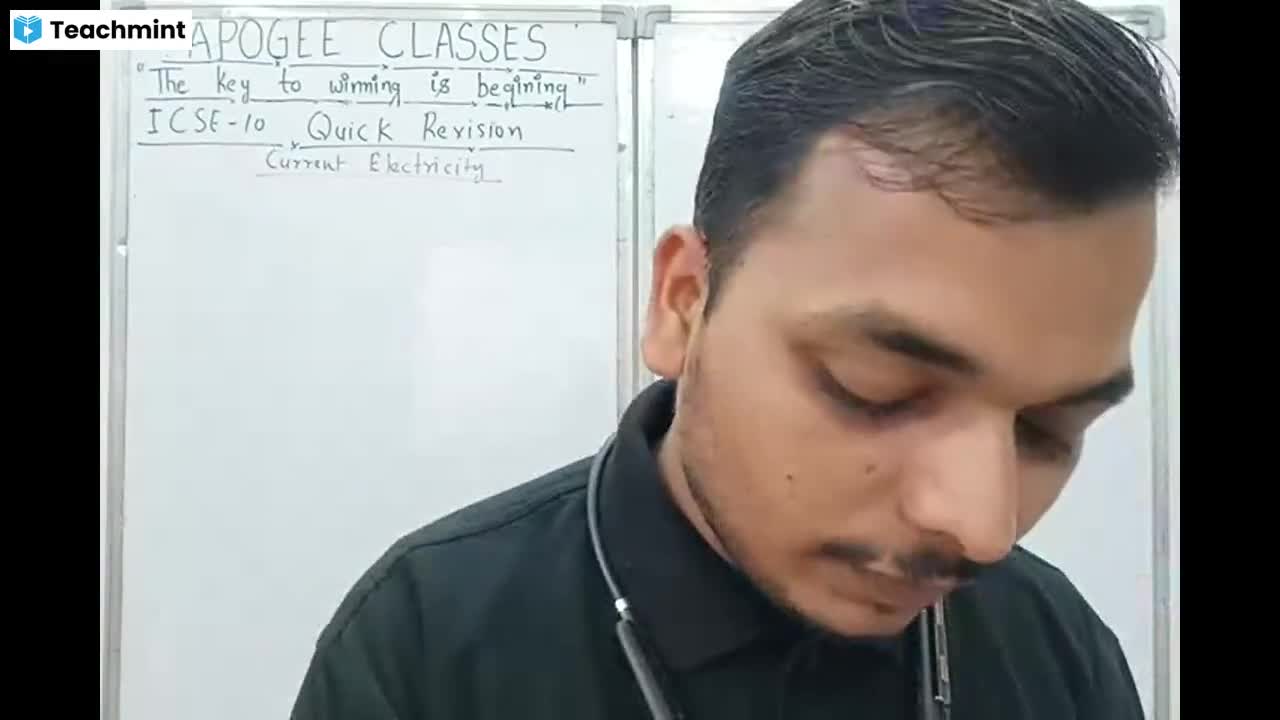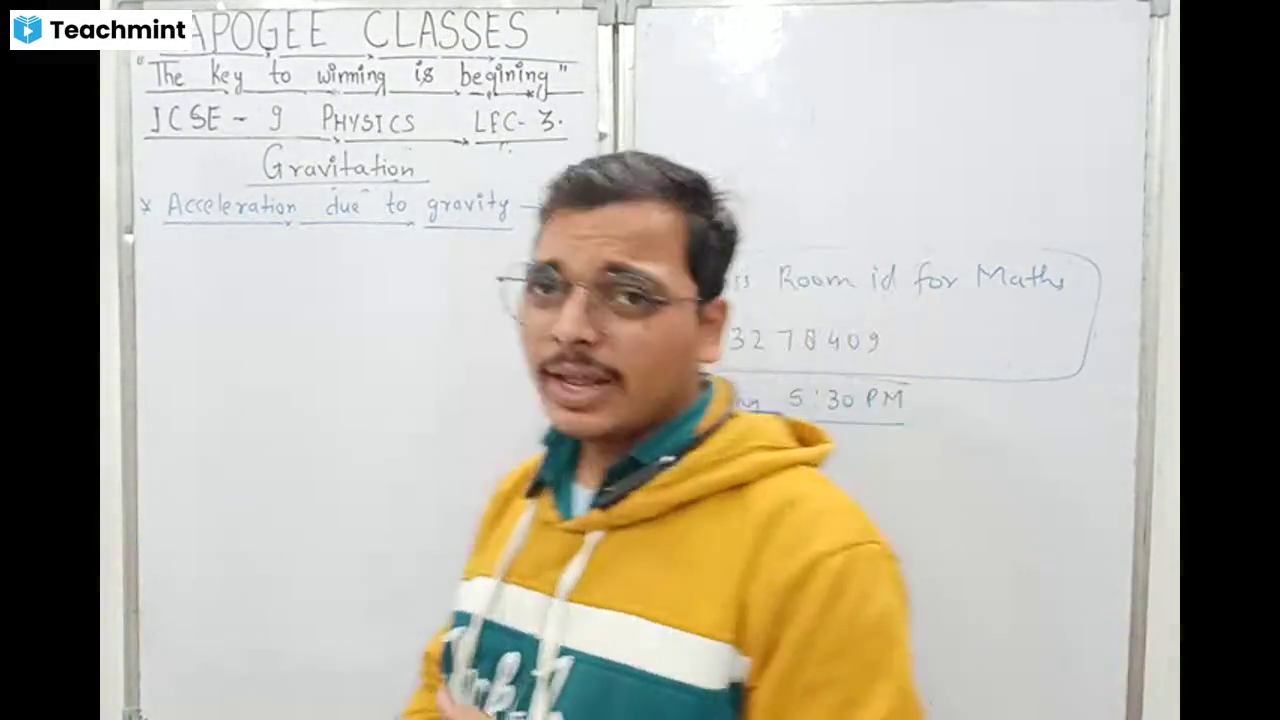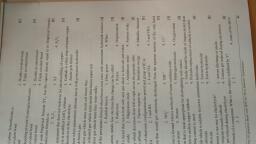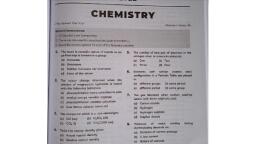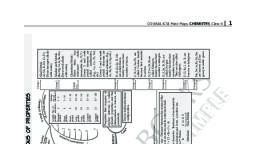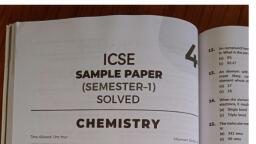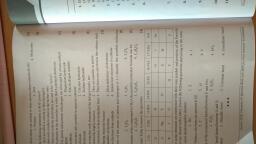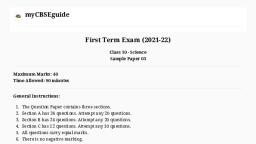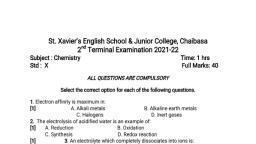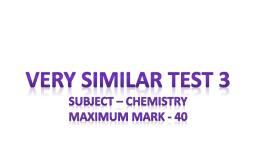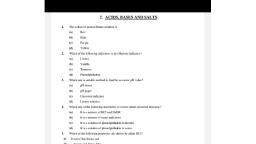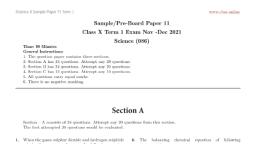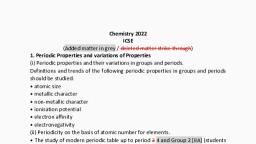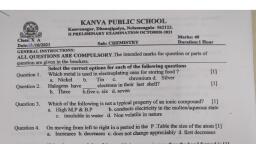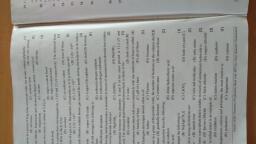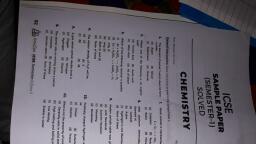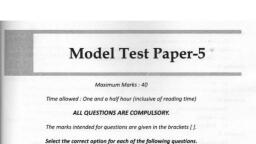Page 1 :
Time Allowed: One hour, , (@) Actual vapour density, (b) Relative vapour density, (©) Molecular mass, , (d) Molar volume, , ICSE, SPECIMEN PAPER, (SEMESTER-1), 26 AUGUST, 2021, SOLVED, , CHEMISTRY, , , , Maximum Marks: 40, General Instructions:, 1. All Questions are Compulsory., 4, The marks intended for questions are given in brackets [], 4. Select the correct options for each of the following question. *, 1. The trend in metallic nature of metalsaswe 5, The number of tone pair of electrons in the, go from top to bottom in a group: nitrogen atom in ammonia molecule:, {a) Increases (a) One (&) Two, (®) Decreases (©) Three (@) Four, (©) Neither increases nor decreases gun win eae Es, j» Elements wi si valence, epee cere above configuration in a Periodic Table are placed, 2. The colour change observed when the in:, solution of magnesium hudroxide is tested (a) different groups (b) same period, ‘with the following indicators: (0) different period — (d) samme group, i Lourless to pink, (a) phenolphthalein turns colourie: J. The: gos: Ubercted when sedhia aaa, (b) methyl orange remains organge with dilute sulphuric acid: ', {) phenolphthalein remains colourless Gi Gata deem, (d) blue litmus solution turns red ey teu, 3. The compound which is a non-electrolyte: (€) Hydrogen sulphide, (a) KCt (aq) (6) H2S0, (dil) (d) Sulphur dioxide, () CCl, (D (@)_CH;COOH (09) 8. Thickness of metal coating during, % i electroplating depends on:, 4. Twice the vapour density gives:, , (a) Duration of current passage, (©) A low current, , (©) Nature of cathode, , (d) Purity of anode, , 2, Chemistry Specimen Paper 1 L& 75
Page 2 :
16, re a one statement that does not hoi, , true for electrorefining of copper., , , , 22,, , 23., , 25,, , , , | change can be called:, , , , During ionisation, metals lose, , , , electrons this, , (@) Oxidation Reduction, (©) Redox (@) Displacement, , reac of @ metal that reacts both wig, acid and alkali to form sate and water, , (a) Sodium oxide, (©) Magnesium oxide, (©) Aluminium oxide, (d) Ferrous oxide, , The property which decreases form life to, tight across periodic table;, , (9) Electron offinity, , (6) Electronegativity, , (©) lonisation energy, , (@) Metallic character, , On the basis of electronic configuration the, Period and group of B,? js:, , (@) 2and ita (b) 3 and IIA, , ©) 4andvia (@) 5 and via, , Select the ion that would get selectively, discharged from Qqueons mixture of iors, listed below:, , (a) so,? (b) NO;, , (©) OH" @ cr, , Hydronium ion is formed when a molecule, Water combines with:, , (9) Hydrogen atom, , (©) proton, , (©) Hydrogen motecule, , @) Oxygen atom, , The condition that is most appropriate, electroplating with nickel: ,, (@) Electrolyte is motten copper suiphat*, , (b) Anode should be made of impure nick, plate
Page 3 :
e to, , , , , , , , , , , , , , , , , , Ct valency exhibited by 2 ound. What Ie, , 1 ) 2, (@) None of the above, , , , , , , , , , 30, Which one of the following statements is, NOT correct?, (@) Pure water does not allow a current to, flow through it., , _ (b) The electrolyte only conducts when in, fi the molten state., , (©) Electrodes that react with the, electrolytes are said to be “active”., , _ (@) fons must be present in the electrolyte in, F order that it conducts electricity., , 31, The salt formed by partial replacement of, hydrogen jon of an acid by a basic radical., , (0) Sodium sulphite, ¥ {b) Magnesium hydroxide, {€) Potassium sulphate, {d) Zinc hydrogen sulphite, , , , , , , , , , , , , , , >, , , , , , , , Alkali which dissociates only partially in, ‘Squeous solution:, } (@) Lithium hydroxide, _ {b) Calcium hydroxide, (6) Potassium hydroxide, (@ Sodium hydroxide, property that matches with elements of, halogen family are: :, a) They are chemically highly reactive, , , , , , ‘The simplest ratio of the atoms of carbon, , and by isi:, irae 1. Identify the possible, (B) CoHy, , (0) CoH,, (© CoH, (8) CH,, , The empirical formula of the compound is, CH,0, the possible molecular formula can be:, , (0) CsH,05 &) C,H,0, , (© CHO, (8) CaH_02, , Observe the Periodic Table to answer the, questions:, , , , , , , , , , Group 2 | gt | gth, No._| period | period | "period, 1-1A| OU A R, 2-14 Mg j 7 all, sma[ po | @ |etaun, 14-IVA a an, 15-VA . | @ —, teval oo | x | yo, 17MIA M 4, 18-0 Ne z |, , In the above table some elements are, mentioned with their own symbol and, position of the Periodic Table while others are, shown with a letter, Answer the following, questions pertaining to the same., , () Identify the most electronegative, , element., (a) Ui. (b) Ne, () 2 (d) J, (i) How many Valence electrons are, present in Q?, (oe) 3 (b) 5, (© 15 (d) 4, , Chemistry Specimen Paper 1 LS 77





